Gardening really is good for the soul and it’s been proven to support mental wellbeing too.
Time spent outdoors, hands in the soil, surrounded by nature, helps us slow down, breathe, and reconnect.
Recently, my friend and talented garden designer Alice Blount joined me to answer some of your top gardening questions from Instagram. Together, we’ve gathered practical advice, easy ideas, and inspiration to help you create a garden that feels calm and rewarding.
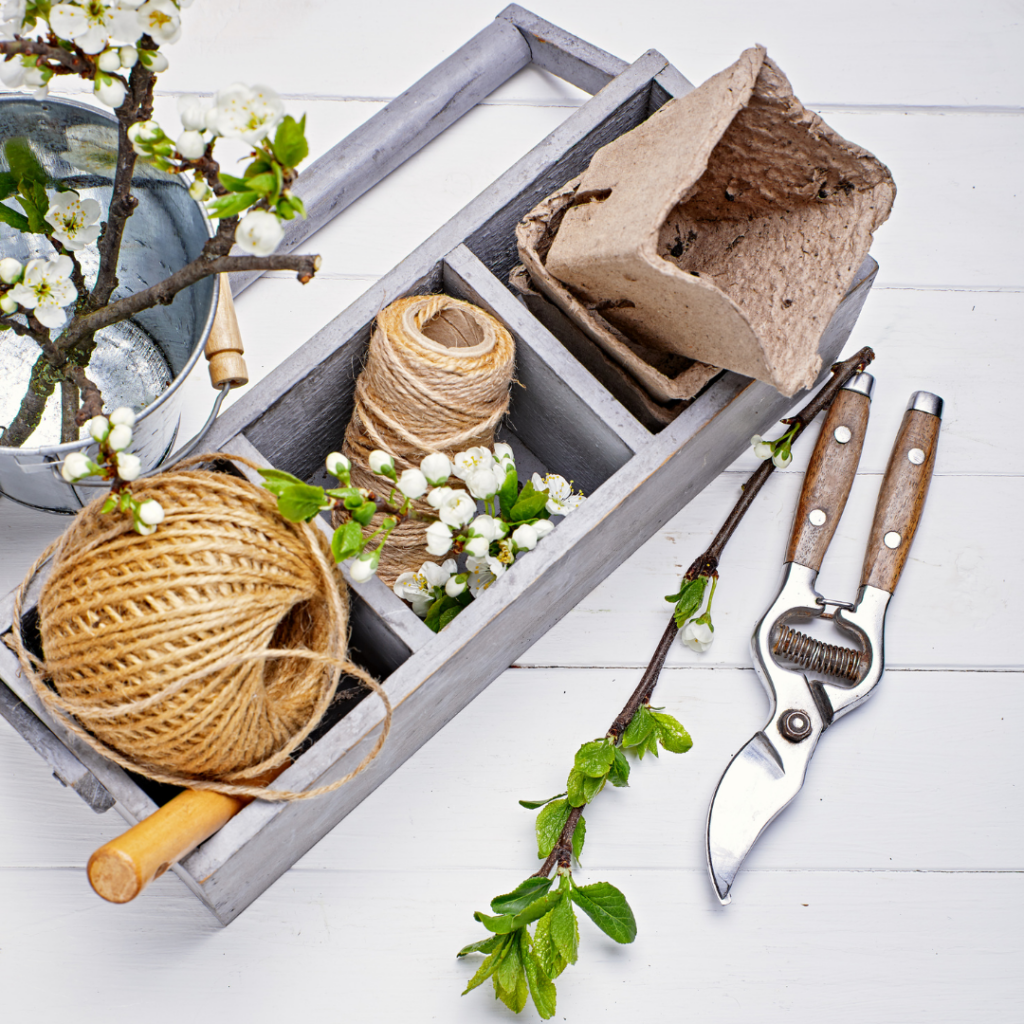
Why Gardening Boots Your Mind and Mood
Gardening helps reduce stress, encourages mindfulness, and even improves happiness. Whether it’s planting seeds, arranging flowers or simply enjoying a cup of tea outside, gardens bring a sense of calm and purpose to everyday life. Read more here
“Plants and gardens have the power to uplift us. It’s more important than ever that we savour the beauty of flowers and trees because gardens are a natural tonic.
If you don’t have a garden or any indoor plants, remember to pause and appreciate the natural world around you when you take your daily exercise. Take a moment to enjoy plants next week and I know you will feel better for it.
It’s proven that plants and gardening have a positive effect on our mental health and happiness. They uplift us, they heal us, they bring us closer to nature. They attract life and offer hope and we could all do with more of that right now.”Alan Titchmarsh
My White Garden Inspiration
Over the past 18 months, I’ve discovered a real love for gardening, especially creating a White Garden. Working with my friend and talented garden designer, Alice Blount, we’ve transformed ideas into reality, including turning our treehouse into raised beds!
Alice’s expertise has been invaluable, she combines a keen eye for design with practical planting know-how, wealth of horticultural knowledge, while I bring enthusiasm and a willingness to learn. Together, we’ve explored planting, structure and seasonal blooms to make gardening enjoyable and therapeutic.
Watching our garden evolve has reminded me how rewarding even small changes can be and how much happiness comes from connecting with nature in your own space.
You can see some of our ideas on Instagram and Pinterest, and I hope they inspire you to try your own garden refresh, whatever size your outdoor space.
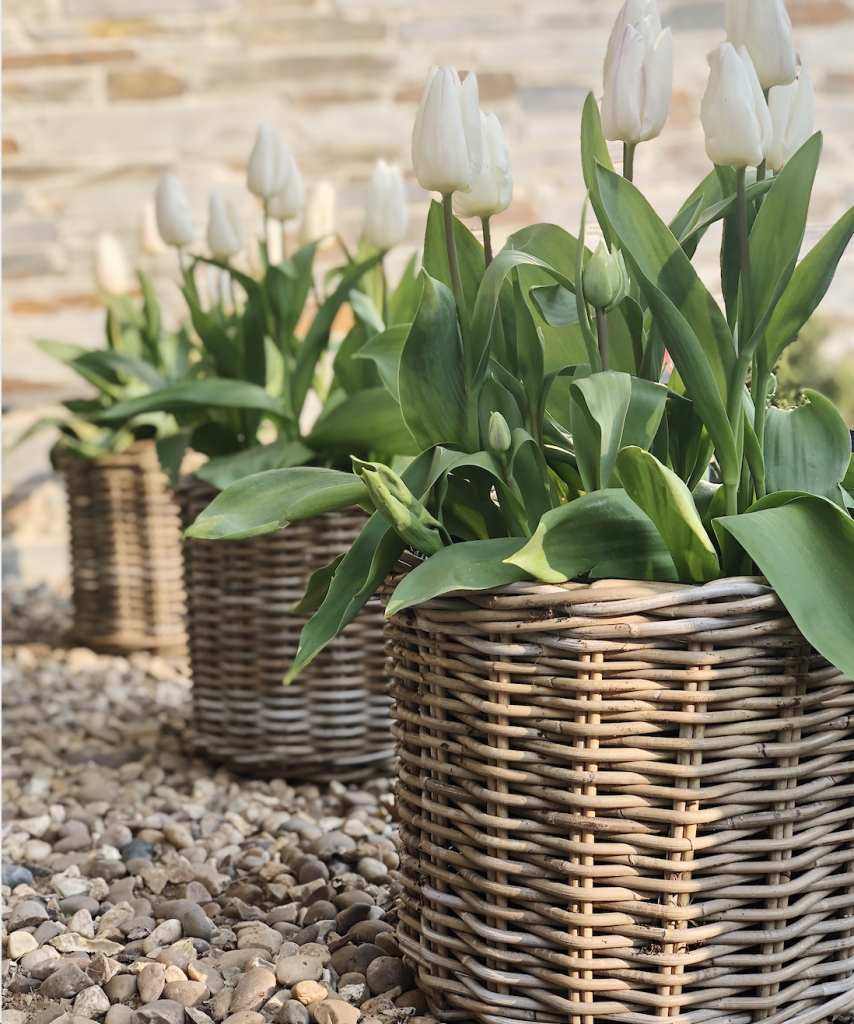

Meet Alice Blount
Alice started her design consultancy in 2004, in Oxfordshire. Now based in South Devon, she works throughout the UK and Europe and is a highly qualified, experienced RHS Award winning garden design professional.
While historical garden restoration is her specialist area, she has a passion for working on urban-chic town gardens all the way through to very large country estates. She employs classic, yet contemporary, design skills where structure is of the utmost importance, softened by gorgeous planting.
Alice is a knowledgeable plants woman and this, combined with a thorough knowledge of modern landscape construction requirements, means she can take your project through from initial concept to the finished garden. When Alice designs a garden, she is led by your needs and dreams for your garden. She is informed by the feel of the site itself, as well as the surrounding landscape and architecture. It will be a design that is totally tailored to you.
You may simply need a border redesigning; or your whole garden overhauled, requiring a complete design and set of planting plans. Alice hand-draws and colours her plans, which makes them totally unique. Her vision really brings the garden alive for you and makes gardening easy to understand. Trust me, she is amazing!
Your Gardening Questions Answered
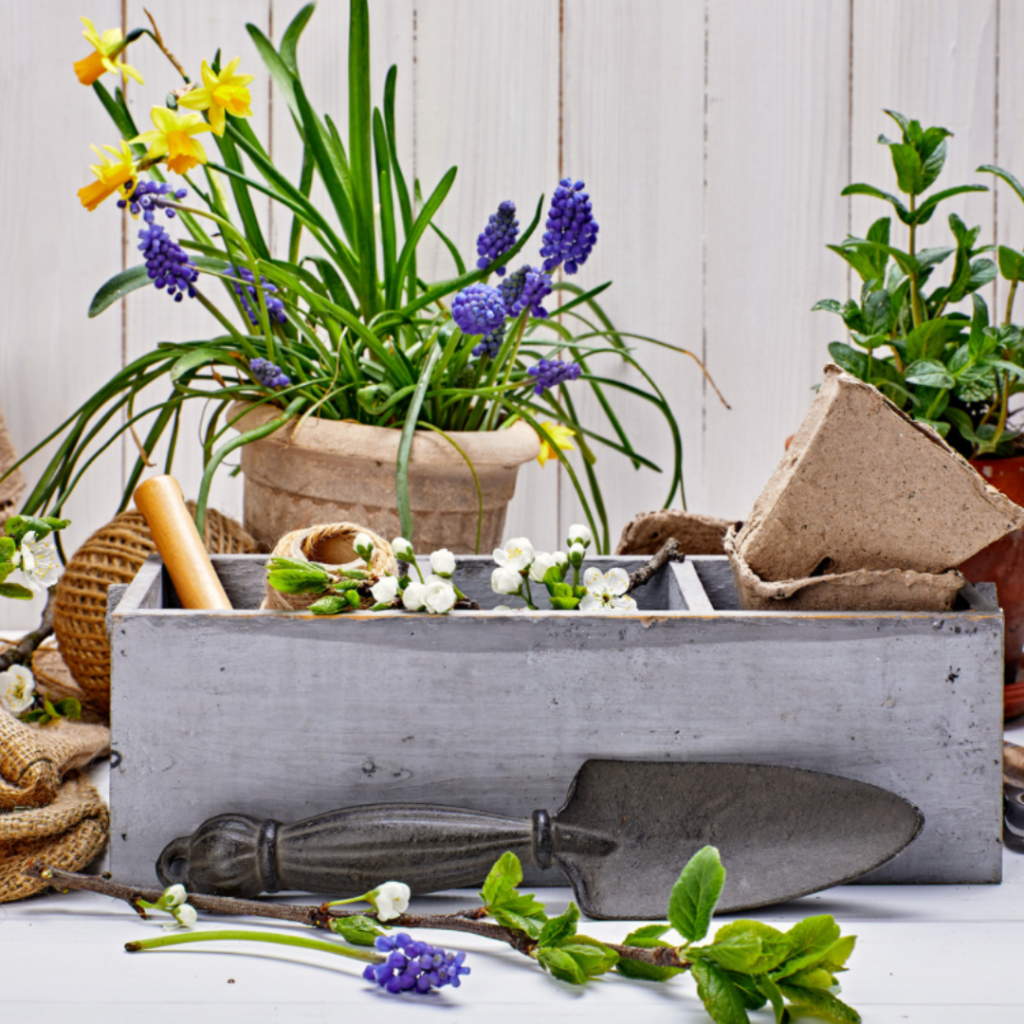
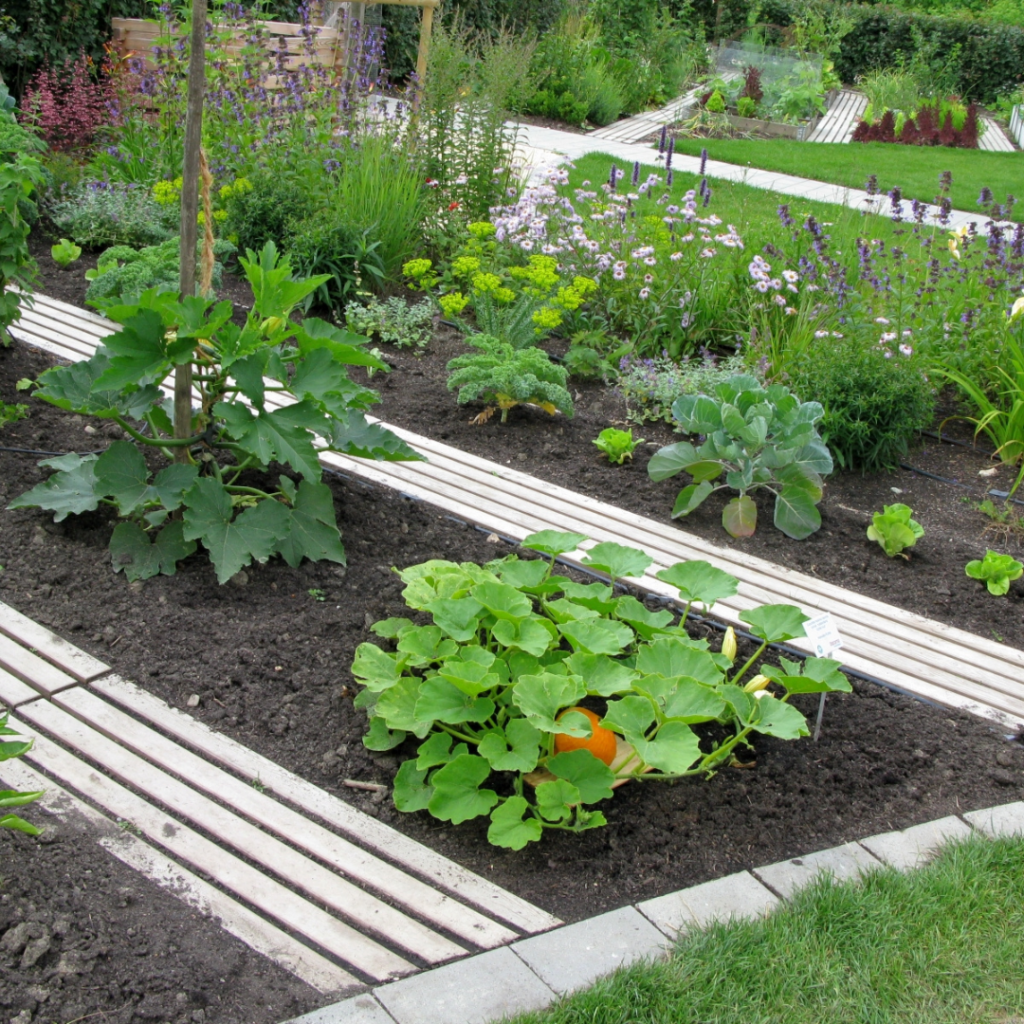
I’m new to growing vegetables. Where should I start?
Start small and grow what you actually eat. Carrots, beans, peas, or salad leaves are perfect first crops.
Alice recommends the No Dig Method: simply lay cardboard over your soil, cover it with compost or well-rotted manure, and let nature do the rest. It improves soil structure, reduces weeds, and is much kinder on the back!
“Begin with two or three varieties, learn how they behave, then expand next year.” – Alice Blount
Invest in a good “How To”: gardening manual. Charles Dowding’s “No Dig” books are some of the best and of course there are hundreds of videos online also.
“No Dig is an attractive way of growing. It provides a rich soil to grow in, and it’s an excellent way to clear a weed-infested growing area. In principle, by avoiding digging you will not be disrupting the soil life. This is the important micro-organisms, fungi and worms, that help feed plant roots. You will need a large quantity of organic matter. You can use home-made compost, leafmould, well-rotted manure, green waste compost or even bagged peat-free compost.” Garden Organic
How Can I Improve Heavy Soil?
If the soil is heavy and clayey, then it does need improving. Add well rotted plant matter to balance it out and help to break it up. The best way now you’ve turned it over is to add a 2” deep top dressing of well rotted horse manure. (it shouldn’t smell at all if it’s rotted down enough!) You don’t need to dig or fork it in. Leave it on top and the worms that are in the manure and soil, will pull it down into the earth. The rotted straw will improve the soils texture. Repeat this process every year and the soil will become more friable and beautifully nutritious, with no digging required!
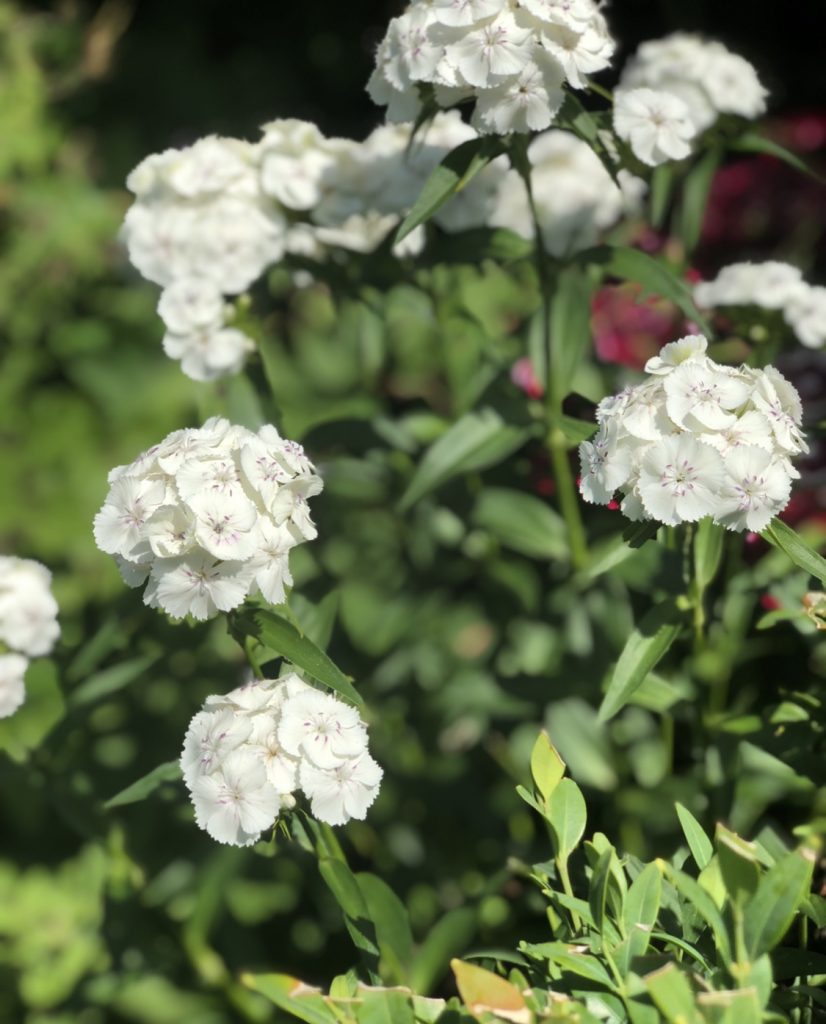
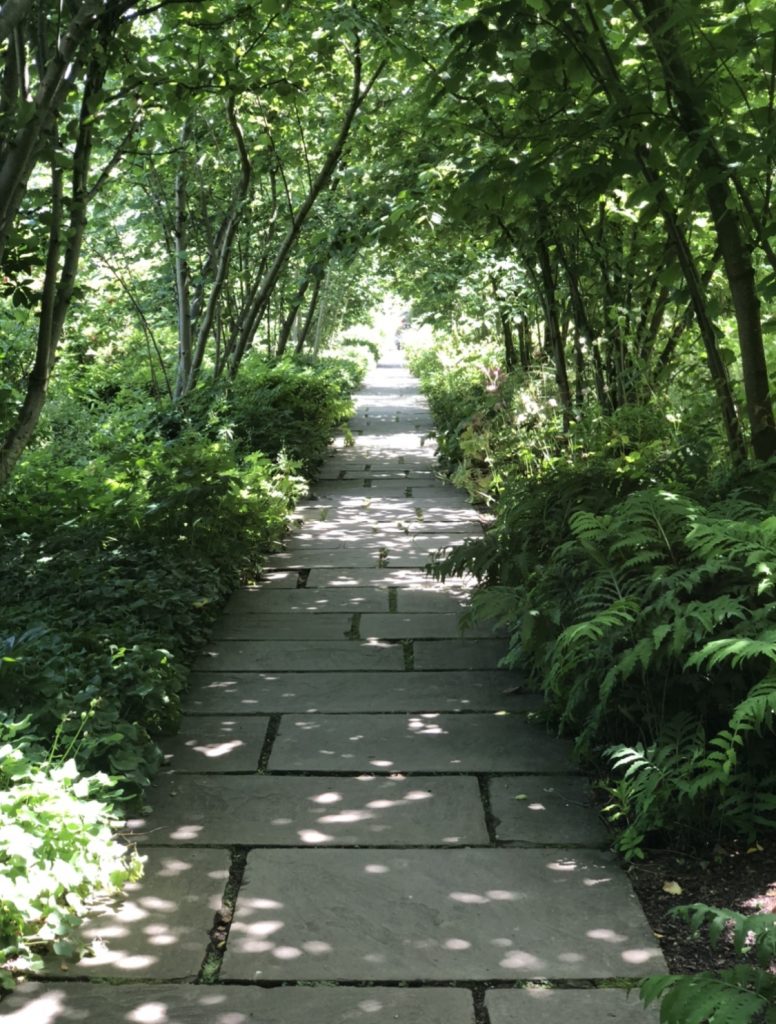

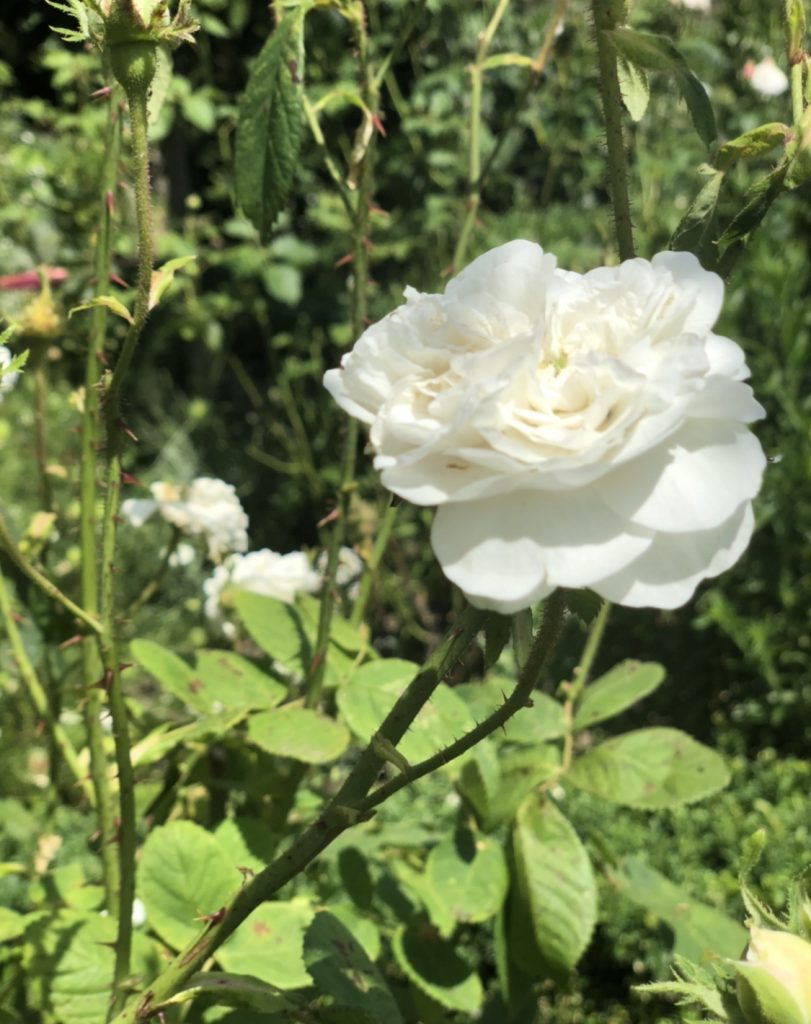

How Do I Manage Weeds Naturally?
Weeds are part of every garden, but you can keep them under control:
- Top the earth with a weed suppressing mulch such as well rotted manure, well rotted bark or “Strulch” (mineralised straw)
- Hoe the area regularly, throughout the growing season, to take the tops off annual weeds in order to keep the weeds at bay.
- Lay sheets of cardboard, old carpet or plastic sheeting like DPC membrane also keeps out light which allows the roots to grow. Leave this on for several weeks and ideally overwinter and this will kill off the roots in time. Mulches will also improve the condition of the soil.
- Grow medium to large shrubs that will cover the area and keep out light below and therefore help prevent weed growth.
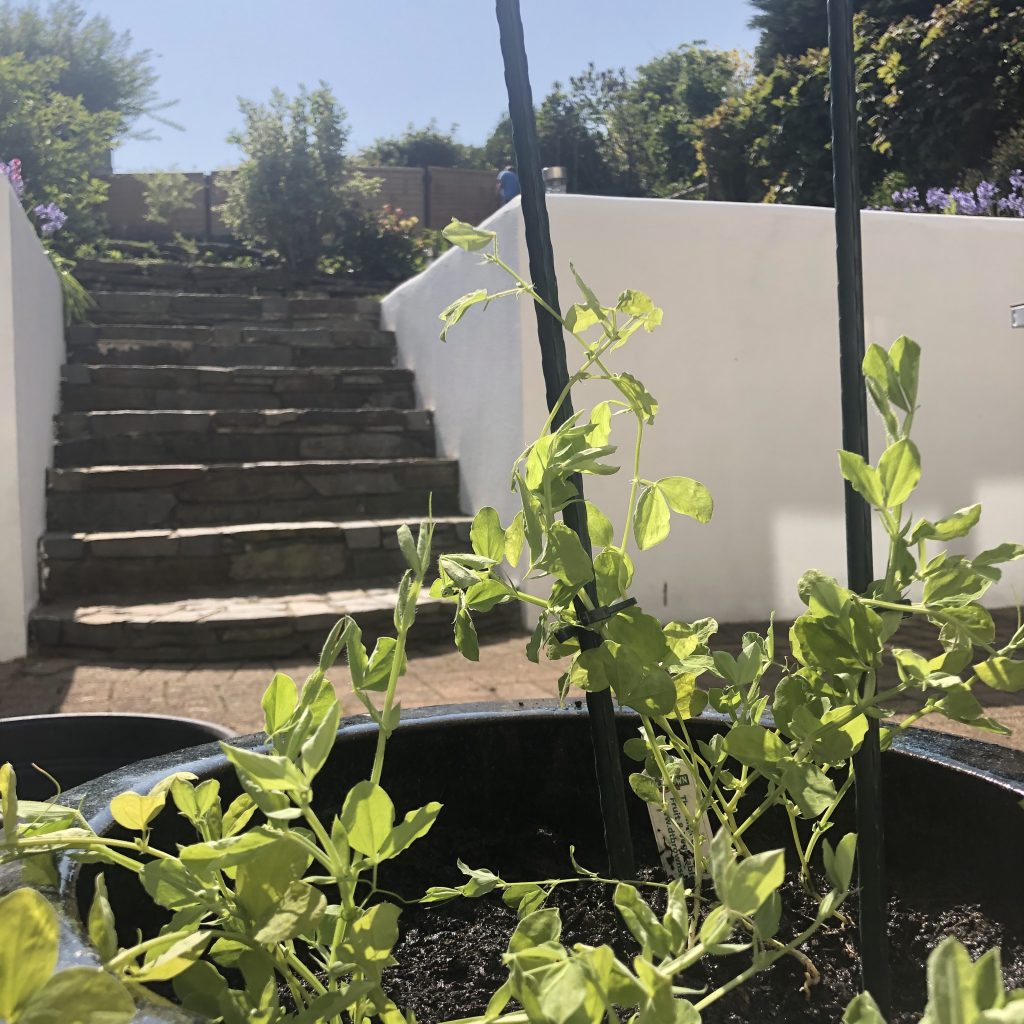
Smaller gardens obviously take less work and time, so try and make sure you can cope with the size of garden you have or bring in a gardener to help!! You may wish to ask a garden designer to redesign your space effectively so that you have the minimum amount of weeding to do. Firstly, always try digging them out first.
Alice prefers using organic methods and not using weedkiller but suggests you may like to use it sparingly in key areas on hard to remove weeds like docks, dandelions and brambles.
Weeds like couch grass and bind weed are a problem. Once you’ve got them, its very hard to get rid of them altogether as a plant can grow from the tiniest section of root!
What’s The Best Way To Move Roses Or Established Shrubs?
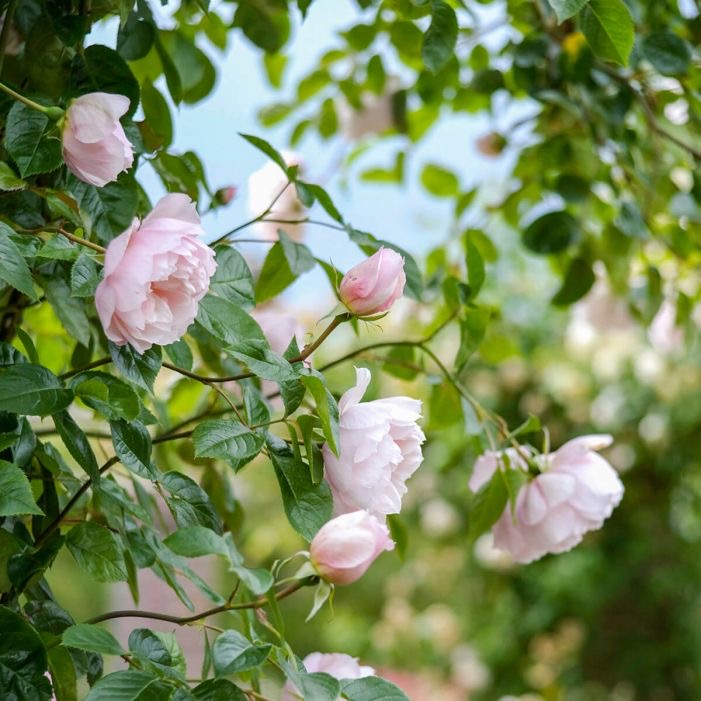
Roses are notoriously difficult to move from one place to another, as they have a single, very long tap root. The remaining roots are very short and sparse and very often the main root gets severed when trying to move it. If the rose holds sentimental value, a wedding gift or a memorial for example, then try to take cuttings ahead of time, so you can grow new plants.
- Water the plant well a day before moving.
- Dig a wide circle around the roots, lifting as much soil as possible.
- Replant straight away into a hole enriched with compost.
- Mulch well and water regularly until it settles.
Sometimes replacing an older rose is more successful than relocating it—but it’s always worth trying if the plant is special to you.
Alice feels that roses – as with other plants when relocated- have one chance, they will either do well or die! They are also relatively inexpensive to replace (around £12.99 now) so often it is easier to simply buy a new one. (Alice acknowledges her advice maybe a little harsh!)

What Small Updates Make The Biggest Difference
A little fresh paint or oil on fences, decking, or garden furniture instantly brightens your space. Many modern outdoor paints include built-in preservatives to extend the life of timber.
Add pots of herbs near the kitchen door, solar lighting along pathways, and a few cushions or throws for a relaxed, lived-in feel. Find more inspiration here
Favourite Garden Resources
A few books Alice and I reach for again and again:
- Grow All You Can in 3 Square Feet – Dorling Kindersley
- The No Dig Organic Home and Garden – Charles Dowding & Stephanie Hafferty
- Garden Design: A Book of Ideas – Heidi Howcroft & Marianne Majerus
- The Layered Garden – David Culp
You’ll find endless ideas and seasonal advice on rhs.org.uk and at annual garden shows, which are wonderful for discovering new varieties and meeting like-minded gardeners.

A Final Thought
Gardening doesn’t have to be grand or time-consuming. Whether you’re planting a single pot of herbs, refreshing your garden furniture or redesigning your borders, every small act of care adds calm and beauty to your day.
In the meantime, if you fancy a little more inspiration then head over to Alices’s Pinterest page
You can find me on Instagram and Pinterest – take a look at the Dartmoor Village Garden board, that Alice and I created for my White Garden inspiration.
Gardening is good for the soul—because it reminds us to slow down, nurture, and notice the little things.
I’d love to hear about your garden!
Share your latest project or favourite plant in the comments or Alice and I on Instagram so we can see what you’re growing.
If you’d like more home, wellbeing and seasonal inspiration, subscribe to the blog to receive the next post straight to your inbox.
Much love


Love this, great Q&As and some great book suggestions x
Thanks so much Karen, sunshine and seeing the benefits of your hard work really do help our well-being. Hope you’re well x